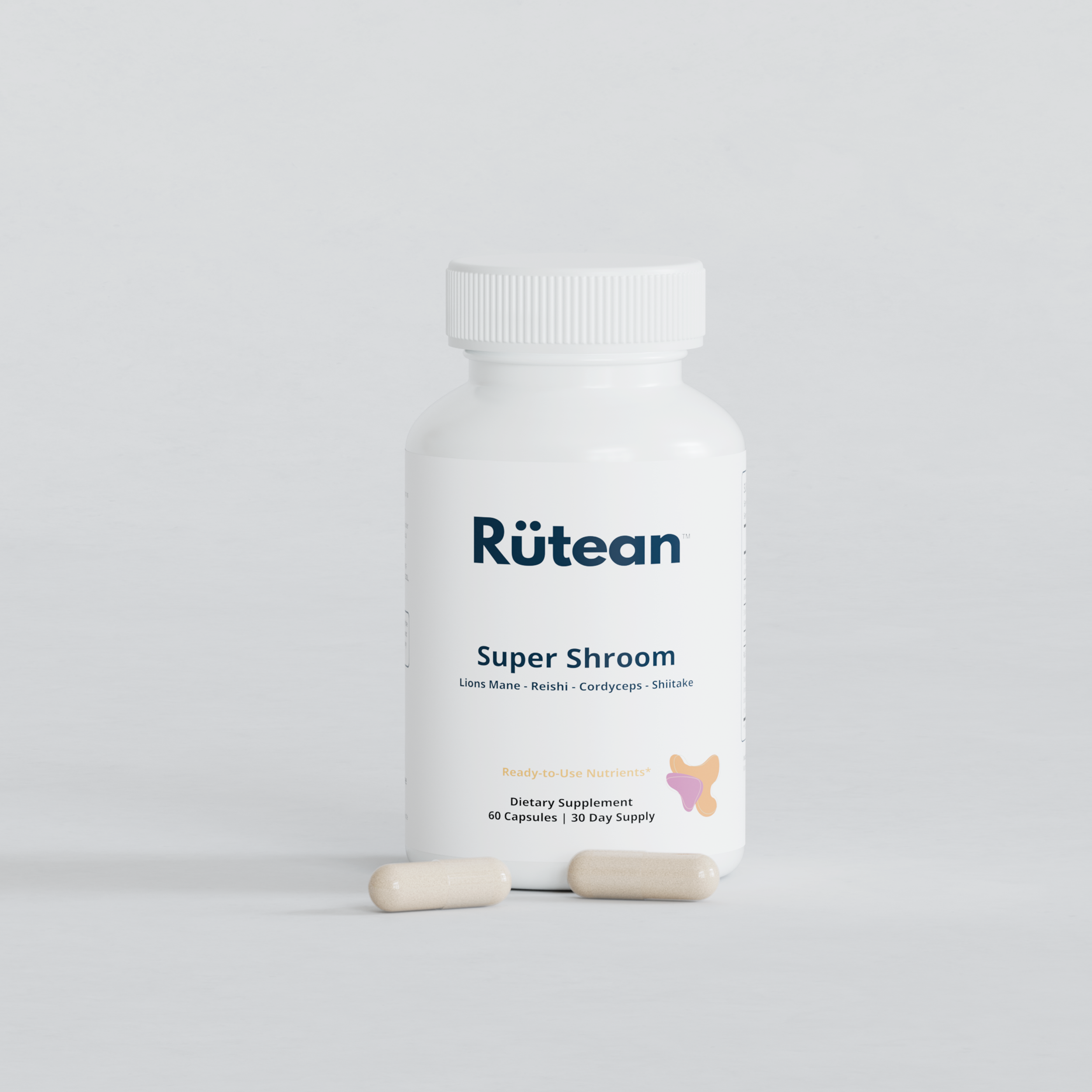Glucosamine is a naturally occurring compound found in the human body, primarily in the fluid around the joints. In the world of supplements, glucosamine is widely acclaimed for its role in building cartilage, the tough connective tissue that cushions the joints. As we age, cartilage breaks down and wears away, leading to the painful symptoms of osteoarthritis. This article explores how glucosamine can be used to treat osteoarthritis, inflammatory and other conditions.
Understanding Glucosamine and Its Forms
Glucosamine is available in several forms, including glucosamine sulfate, glucosamine hydrochloride, and N-acetyl glucosamine. Among these, glucosamine sulfate is the most studied and is commonly used in supplements for joint health. It is believed to help in the formation and repair of cartilage and also maintain the health of tendons, ligaments, and other parts of the joint.
Glucosamine for Osteoarthritis
The most compelling evidence for glucosamine comes from its use in treating symptoms of osteoarthritis. Numerous studies suggest that glucosamine sulfate can significantly reduce joint pain and stiffness, which are common symptoms of osteoarthritis. A comprehensive review found that glucosamine sulfate does indeed improve pain and functionality in patients with osteoarthritis, particularly those affecting the knees. Furthermore, it might have a long-term benefit in slowing the deterioration of joint tissues.
Anti-Inflammatory Properties
Beyond its benefits for joint health, glucosamine is noted for its anti-inflammatory properties. It may help reduce the overall inflammation in the body, particularly in the joints. This can be beneficial not only for osteoarthritis but also for other inflammatory conditions such as rheumatoid arthritis. While it does not cure these conditions, glucosamine can help manage their symptoms and potentially improve quality of life.
Glucosamine for Temporomandibular Joint Disorders
Some sources suggest that glucosamine might be an effective therapy for temporomandibular joint (TMJ) disorders, which involve issues like jaw pain and locking of the jaw joint. A small study showed a significant reduction in pain and inflammatory markers, as well as increased jaw mobility in participants who received a combined supplement of glucosamine sulfate and chondroitin. Another study demonstrated a significant improvement in maximum mouth opening and pain reduction after participants took 1.5 grams of glucosamine and 1.2 grams of chondroitin sulfate daily for 8 weeks. Although these results are promising, they are preliminary, and more research is necessary to draw definitive conclusions.
Conclusion
Glucosamine offers a promising, natural approach to managing osteoarthritis and other inflammatory conditions. With its ability to reduce pain, enhance joint mobility, and possibly improve conditions related to TMJ disorders, glucosamine remains a popular supplement among those looking to maintain their joint health and overall well-being. As research continues to evolve, it becomes increasingly clear that glucosamine plays a vital role in supporting the body’s structural systems and managing age-related degenerative changes.



